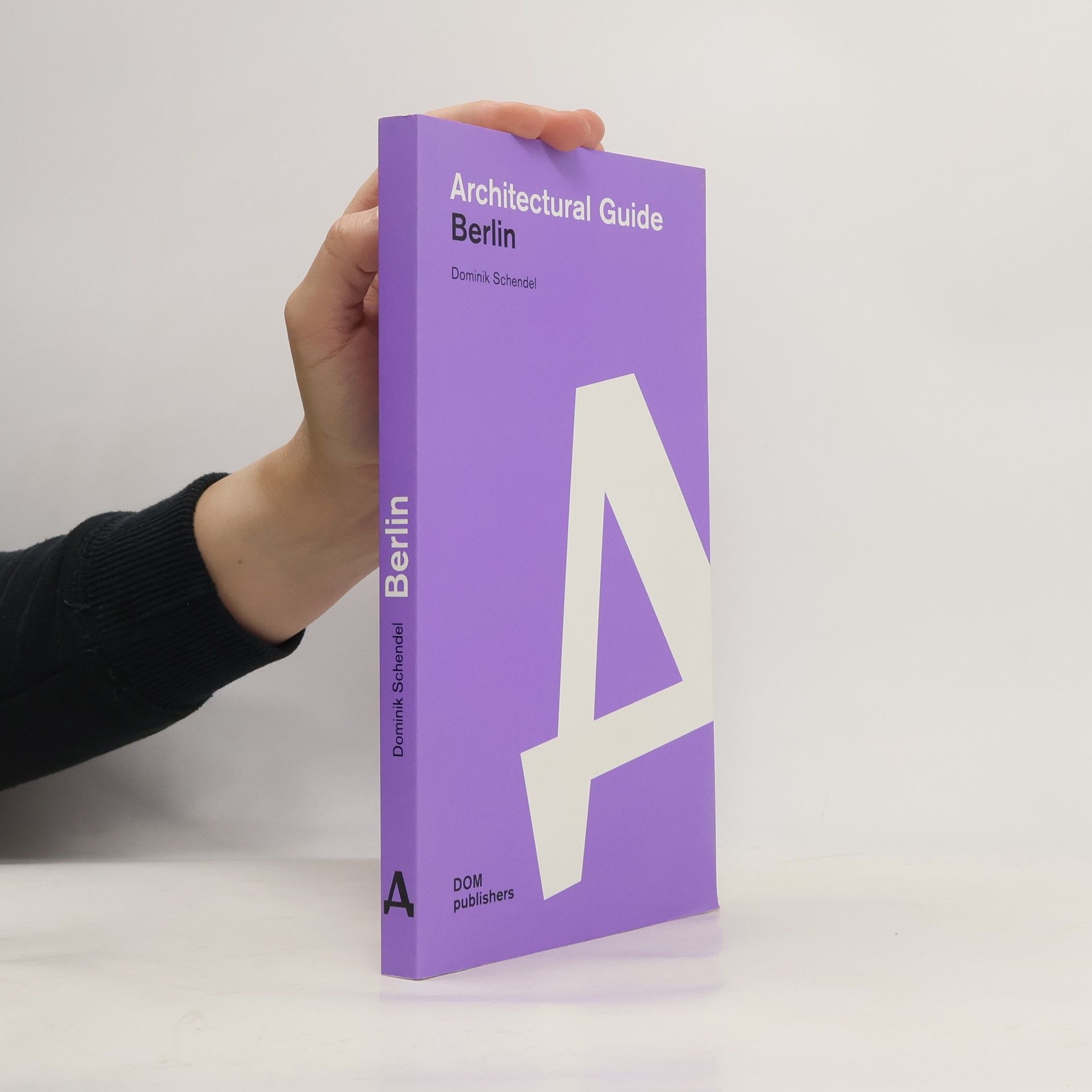Originally part of a set, now sold separately, Volume 7 of Sub-Saharan Africa Architectural Guide is dedicated to Southern Africa, between the Atlantic and Indian Oceans and includes Mozambique, Malawi, Zambia, Zimbabwe, Botswana, Namibia, Eswatini, Lesotho, and South Africa.
Philipp Meuser Livres






Originally part of a set, now sold separately, Volume 2 of Sub-Saharan Africa Architectural Guide is dedicated to Western Africa, from the Atlantic Ocean to the Sahel and includes Cabo Verde, The Gambia, Senegal, Mauritania, Mali, Burkina Faso, and Niger.
Despite the growing interest in Africa, the continent's built environment is still largely unfamiliar in many parts of the world. The seven volumes of the Sub-Saharan Africa Architectural Guide form the first comprehensive overview of architecture south of the Sahara that does justice to the region's wealth of buildings. In 49 chapters, each focusing on one country, richly illustrated texts by more than 350 authors from Africa and across the globe come together to produce a superlative work. On the basis of 850 selected buildings and over 200 thematic articles, the continent's building culture is elucidated and contextualised. The diverse contributions paint a multifaceted picture of Africa's architecture in the twenty-first century, a discipline shaped by traditional and colonial roots as well as today's global interconnections and challenges. An introductory volume on the history and theory of African architecture provides essential background knowledge
Originally part of a set, now sold separately, Volume 3 of Sub-Saharan Africa Architectural Guide is dedicated to Western Africa, along the Atlantic Ocean Coast and includes Guinea-Bissau, Guinea, Sierra Leone, Liberia, Cote d'Ivoire, Ghana, Togo, Benin, and Nigeria.
Originally part of a set, now sold separately, Volume 4 of Sub-Saharan Africa Architectural Guide is dedicated to Eastern Africa, from the Sahel to the Horn of Africa and includes Chad, Sudan, South Sudan, Eritrea, Djibouti, Ethiopia, and Somalia.
Despite the growing interest in Africa, the continent's built environment is still largely unfamiliar in many parts of the world. The seven volumes of the Sub-Saharan Africa Architectural Guide form the first comprehensive overview of architecture south of the Sahara that does justice to the region's wealth of buildings. In 49 chapters, each focusing on one country, richly illustrated texts by more than 350 authors from Africa and across the globe come together to produce a superlative work. On the basis of 850 selected buildings and over 200 thematic articles, the continent's building culture is elucidated and contextualised. The diverse contributions paint a multifaceted picture of Africa's architecture in the twenty-first century, a discipline shaped by traditional and colonial roots as well as today's global interconnections and challenges. An introductory volume on the history and theory of African architecture provides essential background knowledge
Public Humanities in Architecture
Reflections on Heritage, Culture, and History
Anyone concerned with the history, tradition, and culture of our built environment will sooner or later come across the term ‘Public Humanities’. At the interface between an academic discipline and the media-oriented culture industry, Public Humanities is established as a field of inquiry in the US and is increasingly becoming so in Europe too. Whether this field of research remains a product of Western culture will only become apparent in the coming years. However, linking architectural debate with the humanities is an important concern of the papers collected here. These essays on architectural theory provide academic food for thought while encouraging reflection on the discipline of architecture and stimulating urban design in the twenty-first century. The lectures collected here are from a class on Public Humanities at Brown University.
In no other place have changing ideologies and urban designs inscribed themselves on the city structure in such a way as in Berlin. This rich collection representing the most diverse urban areas and architectural styles will enable the reader to make a journey through history, from medieval Alt-Berlin to the present day. Five walks lead to the prominent architectural highlights of the city. The insertion of excursive notes provides a basis for analysis and offer critical commentaries.
Eine Zeitreise in die Küche einer kinderreichen Försterfamilie in Mecklenburg vor 120 Jahren, mit über 120 Geschichten, die den harten Alltag versüßen. Ungekürzt und direkt.

